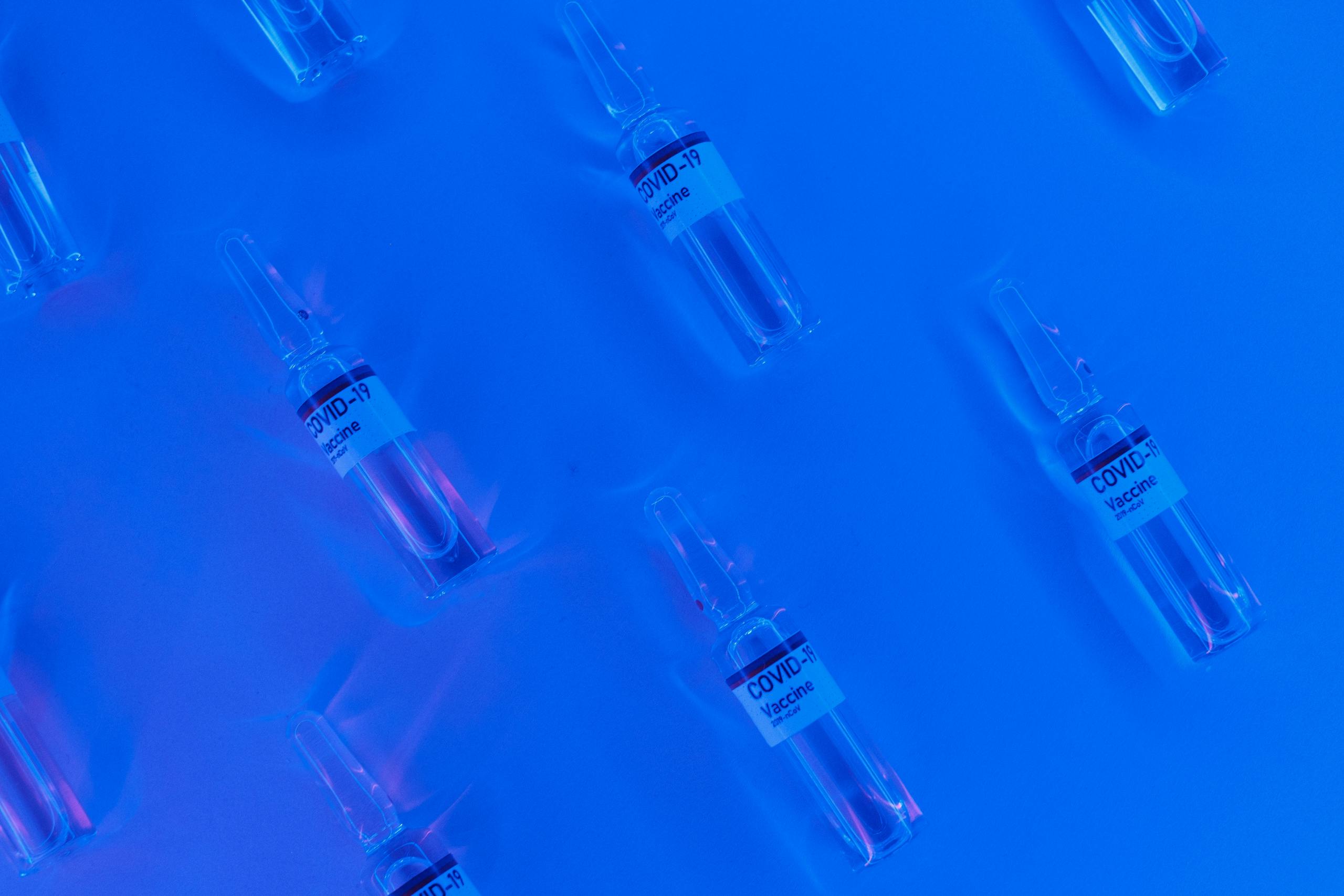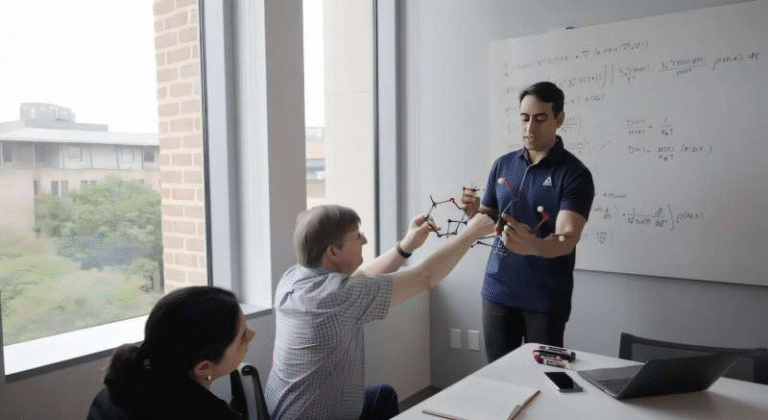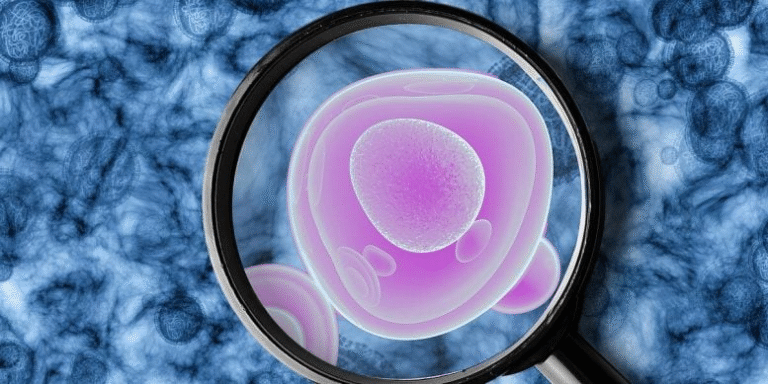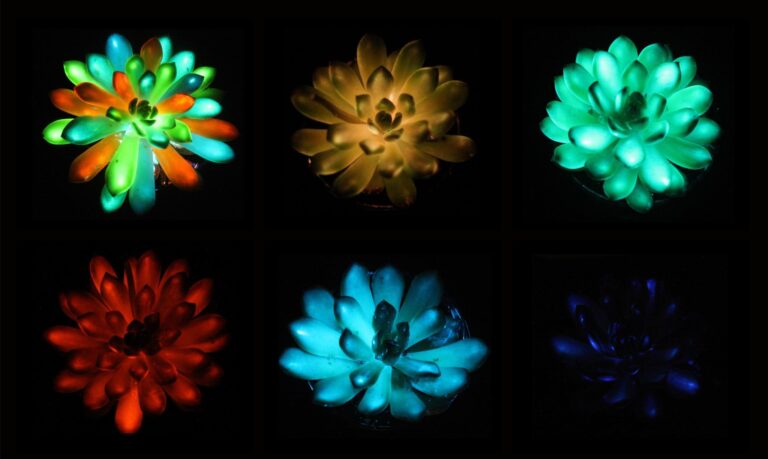Young Immune Cells Show Promise in Reversing Alzheimer’s and Aging Effects

Researchers at Cedars-Sinai have taken a bold step toward tackling one of the most difficult challenges in medicine: slowing or even reversing the effects of Alzheimer’s disease and aging in the brain.
In a new study published in Advanced Science in August 2025, scientists reported that they were able to generate “young” immune cells from human stem cells in the lab and use them to improve memory and brain health in aged mice and in mouse models of Alzheimer’s.
This breakthrough builds on years of work exploring how young blood or immune system components might rejuvenate older organisms. But unlike earlier approaches, this technique provides a more practical and potentially limitless way to create therapeutic cells. Below, let’s walk through the details of this research, what the team found, and why it matters.
How the Immune Cells Were Made
The cells at the heart of this study are called mononuclear phagocytes. Normally, these immune cells move around the body and clear out harmful debris, damaged cells, or other unwanted material. However, their ability to perform these tasks declines with age. That decline is part of why the aging brain becomes more vulnerable to damage, inflammation, and diseases like Alzheimer’s.
To overcome this, the Cedars-Sinai team used induced pluripotent stem cells (iPSCs). These are adult human cells that scientists reprogram to behave like embryonic stem cells. Once reprogrammed, they can be turned into nearly any cell type. In this case, researchers guided iPSCs into becoming new mononuclear phagocytes—essentially “resetting” them to a younger, more functional state.
After generating these rejuvenated immune cells, the scientists infused them into two groups of mice: older mice and mice genetically engineered to mimic Alzheimer’s disease.
Effects on Memory and Learning
The results were striking. Mice that received the young immune cells performed significantly better on memory tests compared with untreated mice. These tests are designed to measure learning and recall abilities, which typically decline with both age and Alzheimer’s-like disease.
When the researchers looked more closely at the brains of treated mice, they found higher numbers of mossy cells in the hippocampus. This part of the brain is crucial for learning and memory, but mossy cell populations normally shrink with aging and in Alzheimer’s models. The fact that mossy cells were preserved in the treated group strongly suggests that the therapy directly supported brain health.
Preserving Microglia and Brain Immunity
Another important observation involved microglia, the resident immune cells of the brain. Healthy microglia have long, thin branches that constantly extend and retract, surveying the environment and clearing out harmful substances. With aging or Alzheimer’s, these branches shrink, and the microglia lose their efficiency.
In the mice that received young immune cells, microglia remained long, branched, and active, unlike those in untreated mice. This preservation of microglial health is likely another key factor behind the improved memory and reduced brain degeneration seen in the study.
How Might These Cells Work?
Interestingly, the lab-grown immune cells did not seem to cross into the brain directly. That means their beneficial effects were likely indirect. The researchers proposed several possible mechanisms:
- The infused cells might have released anti-aging proteins or small biological factors that were able to travel into the brain.
- They could have secreted extracellular vesicles—tiny packets containing proteins and genetic material that can influence brain cells once inside.
- Another possibility is that the cells acted like sponges, absorbing harmful pro-aging factors in the blood, thereby preventing those molecules from entering the brain.
The precise mechanism is still under study. Future work will focus on identifying exactly which factors are responsible so that they can be refined into targeted therapies.
Why This Matters
One of the challenges with earlier rejuvenation experiments was that they relied on transfusions of young blood or plasma, which are not easy to translate into therapies for people. Beyond ethical issues, it’s difficult to scale and control those treatments.
In contrast, the Cedars-Sinai approach creates young immune cells in the lab from stem cells, meaning there is no natural limit to their supply. Even more importantly, because iPSCs can be derived from an individual’s own cells, there is the potential for personalized therapy. This could reduce the risk of immune rejection and open the door for tailored treatments.
The study showed that even short-term treatment with the cells led to measurable improvements in cognition and brain health in mice. While much more research is needed before human trials, this raises hope that similar strategies could one day combat cognitive decline in older adults and Alzheimer’s patients.
Extra Context: What Are Induced Pluripotent Stem Cells (iPSCs)?
To better appreciate this study, it helps to understand what iPSCs are. Discovered in 2006, these cells were created by reprogramming adult skin or blood cells back into an embryonic-like state. Scientists do this by activating a small set of genes that essentially reset the cell’s identity.
Once reprogrammed, iPSCs can be coaxed into becoming many different types of human cells, from heart muscle to neurons to immune cells. Their discovery revolutionized regenerative medicine because they avoid the ethical issues of embryonic stem cells and allow for patient-specific therapies.
In this study, iPSCs were the foundation for making young mononuclear phagocytes, demonstrating once again just how versatile and powerful this technology can be.
Extra Context: Why Focus on Mossy Cells and Microglia?
The Cedars-Sinai team measured specific brain features to assess the impact of their treatment. Two stand out:
- Mossy Cells: Found in the hippocampus, these neurons are crucial for spatial learning and memory. Loss of mossy cells has been linked to cognitive impairment. Preserving them in aging or diseased brains could help maintain memory and learning capacity.
- Microglia: As the immune watchdogs of the brain, microglia respond to infections, clean up debris, and regulate inflammation. Their decline in structure and function with age is thought to contribute to neurodegeneration. By keeping microglia healthy, the brain maintains better resilience against disease.
By targeting these two cell types, the study provided convincing evidence of genuine neuroprotective effects.
Extra Context: Alzheimer’s and the Role of Immunity
Alzheimer’s disease is marked by the buildup of abnormal proteins like amyloid-beta plaques and tau tangles, which disrupt brain function. But increasingly, scientists are realizing that the immune system plays a major role.
As we age, immune cells inside and outside the brain become less effective at clearing debris and regulating inflammation. This dysfunction is thought to accelerate Alzheimer’s progression. That’s why rejuvenating immune cells, as this study attempted, could address one of the root problems rather than just the symptoms.
What’s Next for This Line of Research?
The Cedars-Sinai team is now investigating the mechanism behind the observed benefits. Understanding exactly what the young immune cells are doing will be critical before moving toward clinical applications.
Future directions may include:
- Identifying the proteins, vesicles, or signaling pathways responsible for the protective effects.
- Testing whether the treatment works in larger animals closer to humans in biology.
- Developing safe and reliable protocols for generating and delivering these cells in human patients.
- Exploring whether the same approach can be applied to other age-related neurodegenerative conditions, not just Alzheimer’s.
Final Thoughts
This study provides one of the clearest demonstrations yet that rejuvenated immune cells can protect the aging brain and restore memory in animal models. It bridges the gap between earlier, less practical young-blood experiments and a scalable therapy that could one day be used in people.
While much work remains, the idea of using stem cell–derived immune cells as a renewable therapy for age-related decline is both exciting and plausible. It represents a powerful blend of regenerative medicine and neuroscience, pointing toward a future where aging and Alzheimer’s may no longer mean inevitable cognitive loss.
Research Reference: Human iPSC-Derived Mononuclear Phagocytes Improve Cognition and Neural Health across Multiple Mouse Models of Aging and Alzheimer’s Disease – Advanced Science (2025)





